The life of the magnificent young jazz/blues artist, Eva Cassidy, was sadly cut short by melanoma in 1996 at the age of 33. Her rendition of “Over the Rainbow” was recorded just nine months before her death, when she was battling the illness that would soon take her life. That fact makes this brilliant performance all the more extraordinary.
She recorded three albums before her untimely death, and her loving parents have published a vast array of her previously unreleased music in ten new albums since that time. They have given a great gift to the world.
A classic in beautiful new garb
Eva’s voice is not operatically-trained, but it is undeniably lovely, resonant, and full of character. Her soulful interpretation of a beloved American classic, 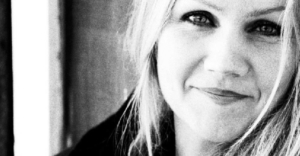 Over the Rainbow, radiates the feel of the blues artist, yet it is perfectly faithful to the original version and, if I can be so bold, even surpasses its timeless beauty.
Over the Rainbow, radiates the feel of the blues artist, yet it is perfectly faithful to the original version and, if I can be so bold, even surpasses its timeless beauty.
It is a rendition Judy Garland would have approved of, I’m sure.
For those of us who grew up with the Wizard of Oz, Eva’s version is a trip down memory lane and an unbelievably wonderful experience of one of our culture’s favorite songs. The number of YouTube views, more than 14 million, gives an indication of how many people’s souls continue to be filled with Eva’s inspiring performance. (I may be responsible for about half a million of those views.)
Before you watch the video below, let me point out a few highlights.
What to look for
- The seamless interplay between voice and instrument: My first impression upon hearing Cassidy’s version of “Over the Rainbow” was that the guitar seems to be an extension of the artist’s very being. Her pure voice is matched by the flawless talent of her string work. Voice and instrument are simply one. She sometimes looks down at the chords she is playing but equally often brings her head up and looks at the audience or out “onto the horizon” as the rainbow theme suggests. Everything is so natural and heartfelt; the music flows like a pleasant river out of a consummate musician’s soul, as if she was born to give this performance and this one alone.
- The versatility of her voice: This is a unique jazz/blues interpretation of a popular song, but because of the artist’s deep vocal versatility, she never loses the traditional feel of it or veers off into a too “jazzy” rendition of it, which would upset the listening experience of a song fixed in our minds since childhood. Her rendition is faithful to the simple beauty of the original, yet, her mature voice brings a luster to the tune that even the precocious teenage Judy Garland could not achieve. The singer adds a subtle syncopation to the familiar phrases and a gentle back-and-forth feel as the song advances in such grace along a sort of musical Yellow Brick Road and builds to its climax which is…
- The full-throated passion of “that’s where you’ll find me…somewhere over the rainbow” (about the 4:00 mark): You’ll want to get out your box of tissues for that high point.
- Her incredible falsetto on “dreams that you dare to dream…” (about the 4:30 mark): The apex of “somewhere” descends into a place of deep serenity where the “skies are blue” and all her aspirations are fulfilled. She seems to have finally gone over the rainbow and arrived at the place of rest until she surprises us with a perfectly-executed falsetto (unnaturally high voice) on “dreams” which leaves the listener dazzled, fascinated, enchanted. How can anyone sing that high – and so beautifully? The high note is exhilarating. Now, all dreams have come true. She is finally home, and we all know what Judy Garland taught us: that “there’s no place like home”.
- The utter pathos: Every time I listen to this piece I take away a sense of the real depth of feeling that the artist communicates to the listener through her art: her performance stirs the souls with its intensity, its passionate refinement and a sense of melancholy that nonetheless brims with hope for the future.
Following the video I will offer a few final words about a wider interpretation of the song. Enjoy the performance!
The performance (duration, 5:36)
Perfectly inspirational
The lyricist for Over the Rainbow, Yip Harburg (the composer was Harold Arlen), brought his most famous composition to a close with a question. “…why, oh, why can’t I?”
The artist gazing off into the deep horizon at the end make us wonder what it would be like to fly with the “happy little bluebirds…” to a better life, characterized by her deep longing for something beyond words.
As far as I know, the song wasn’t written to convey any ultimate message about everlasting life, but there is no reason why the viewer cannot make that leap to a spiritual interpretation. The rainbow is a biblical symbol of new life for Noah after the flood (Genesis 9:17) and an enduring icon of the hope of heaven embraced by the entire human race.
I don’t know about you, but Eva Cassidy’s marvelous rendition of “Over the Rainbow” fills me with optimism every time I hear it. Her performance is perfectly inspirational and reminds me that the future is actually brighter than we imagine.

Soul Work
You don’t have to listen to this video as many times as I have to appreciate its depth and inspiration. Sit with it once or twice more when you have a few free moments and drink in its beauty. It is remarkable in that it was made by a person at the end of her life, who had a gift to give.
What gift will you give to the future?
How are you investing yourself in Beauty, Truth and Goodness so that you can communicate these timeless values to others?
Our ultimate hope is heaven, but we all need small bursts of hope like Eva Cassidy to get us through the challenges of daily life. Pray for the Theological Virtue of Hope and be that source of hope for others today.
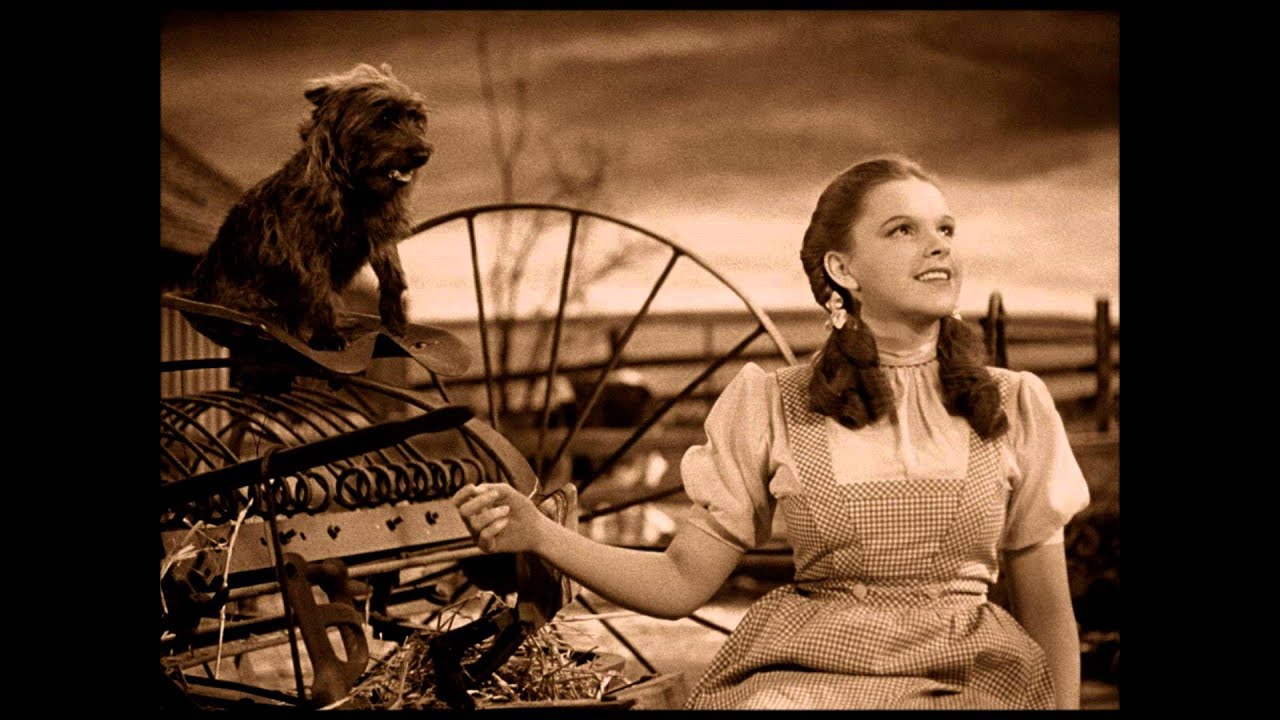
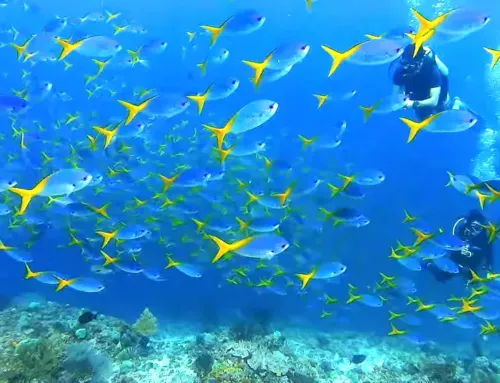
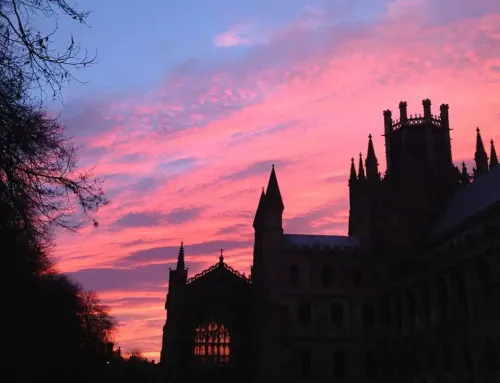
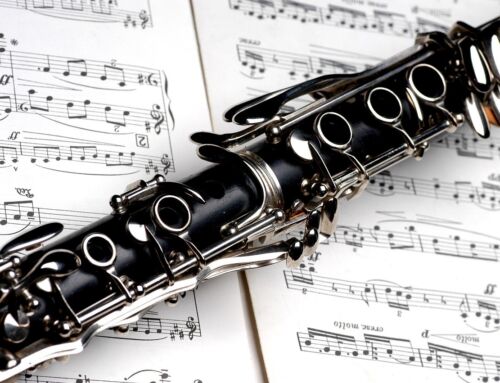
Leave A Comment